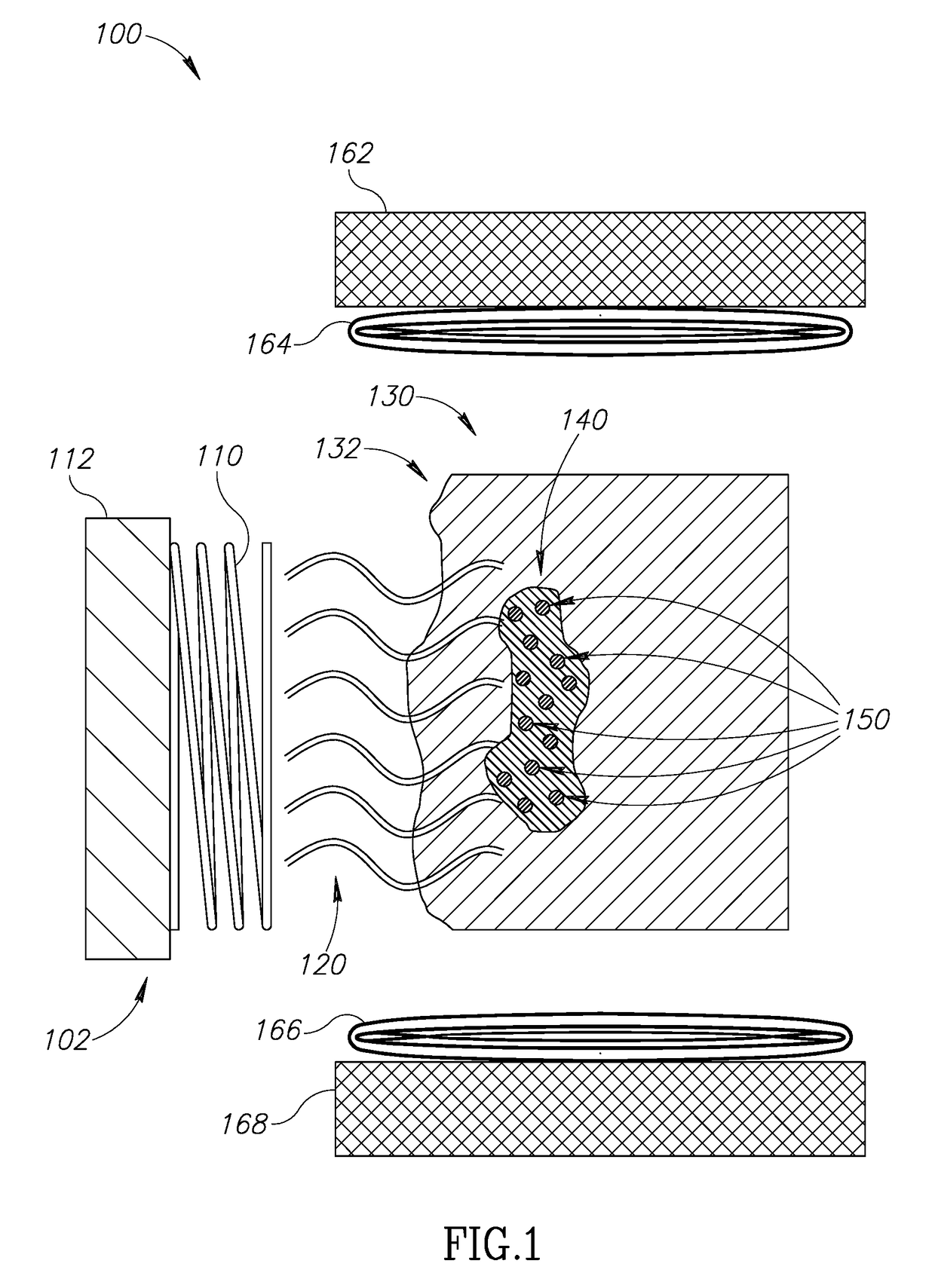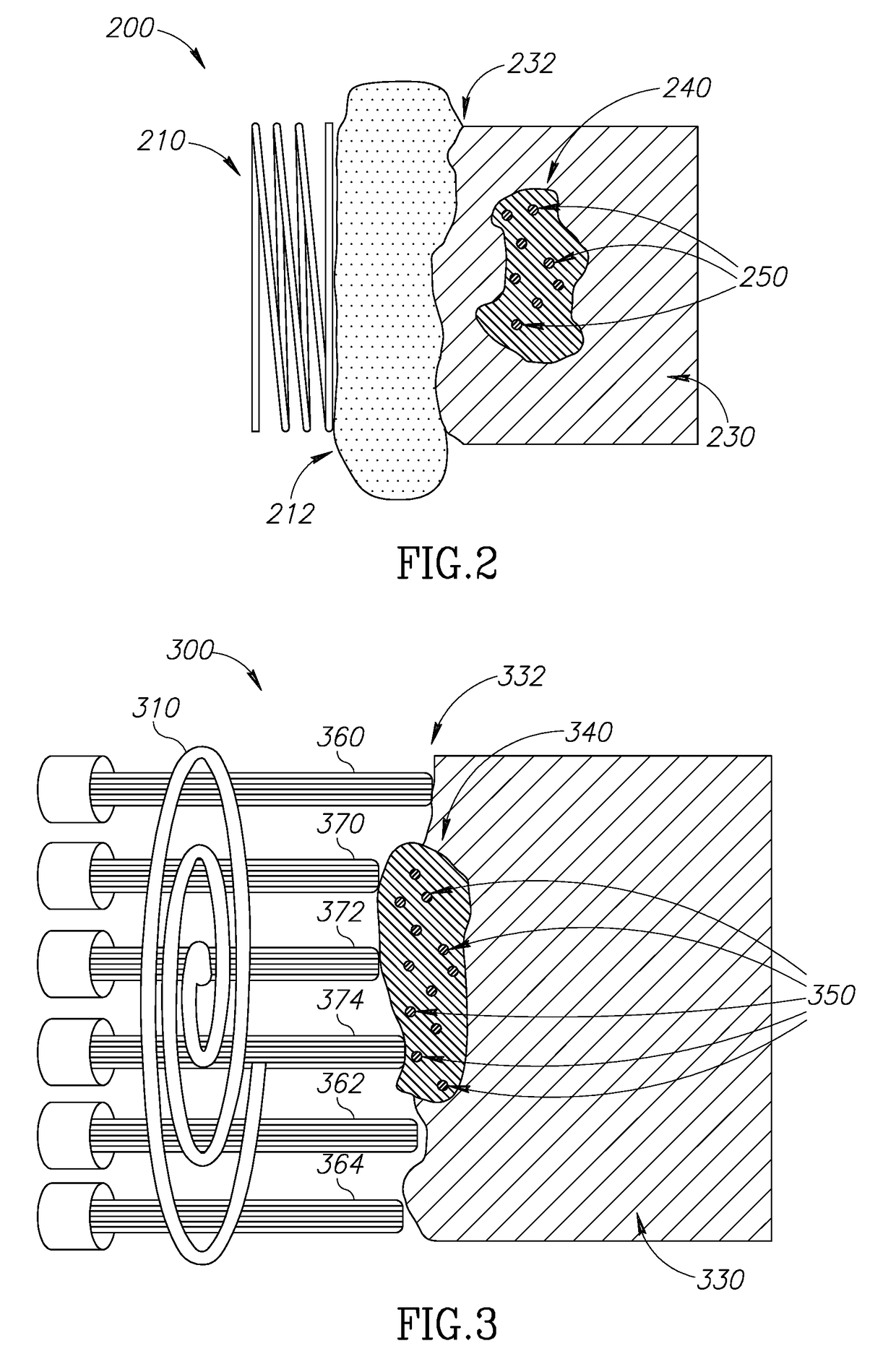Localized cancer tumor detection using microwaves and nanoparticles
a cancer tumor and nanoparticle technology, applied in the field of cancer treatment, can solve the problems of undesired damage, unfavorable treatment of hyperthermia cancer cells, and inability to accurately control the heating of cancer cells, so as to reduce/mitigate radiation not directed, and increase the magnetic energy ratio
- Summary
- Abstract
- Description
- Claims
- Application Information
AI Technical Summary
Benefits of technology
Problems solved by technology
Method used
Image
Examples
Embodiment Construction
[0047]In the following description, various aspects of the disclosure will be described. For the purpose of explanation, specific configurations and details are set forth in order to provide a thorough understanding of the different aspects of the disclosure. However, it will also be apparent to one skilled in the art that the disclosure may be practiced without specific details being presented herein. Furthermore, well-known features may be omitted or simplified in order not to obscure the disclosure.
[0048]In common hyperthermia cancer treatment methods, the cancerous tissue is exposed to elevated temperature (above normal body temperature), to damage and kill the cancer cells, or to make the cancer cells more susceptible to other treatments such as anti-cancer drugs or ionizing radiation therapy. Common hyperthermia treatment methods include microwave or radio frequency applicators that heat cancer tissues through radiating the area with electromagnetic waves. The draw back to the...
PUM
 Login to View More
Login to View More Abstract
Description
Claims
Application Information
 Login to View More
Login to View More - R&D
- Intellectual Property
- Life Sciences
- Materials
- Tech Scout
- Unparalleled Data Quality
- Higher Quality Content
- 60% Fewer Hallucinations
Browse by: Latest US Patents, China's latest patents, Technical Efficacy Thesaurus, Application Domain, Technology Topic, Popular Technical Reports.
© 2025 PatSnap. All rights reserved.Legal|Privacy policy|Modern Slavery Act Transparency Statement|Sitemap|About US| Contact US: help@patsnap.com



